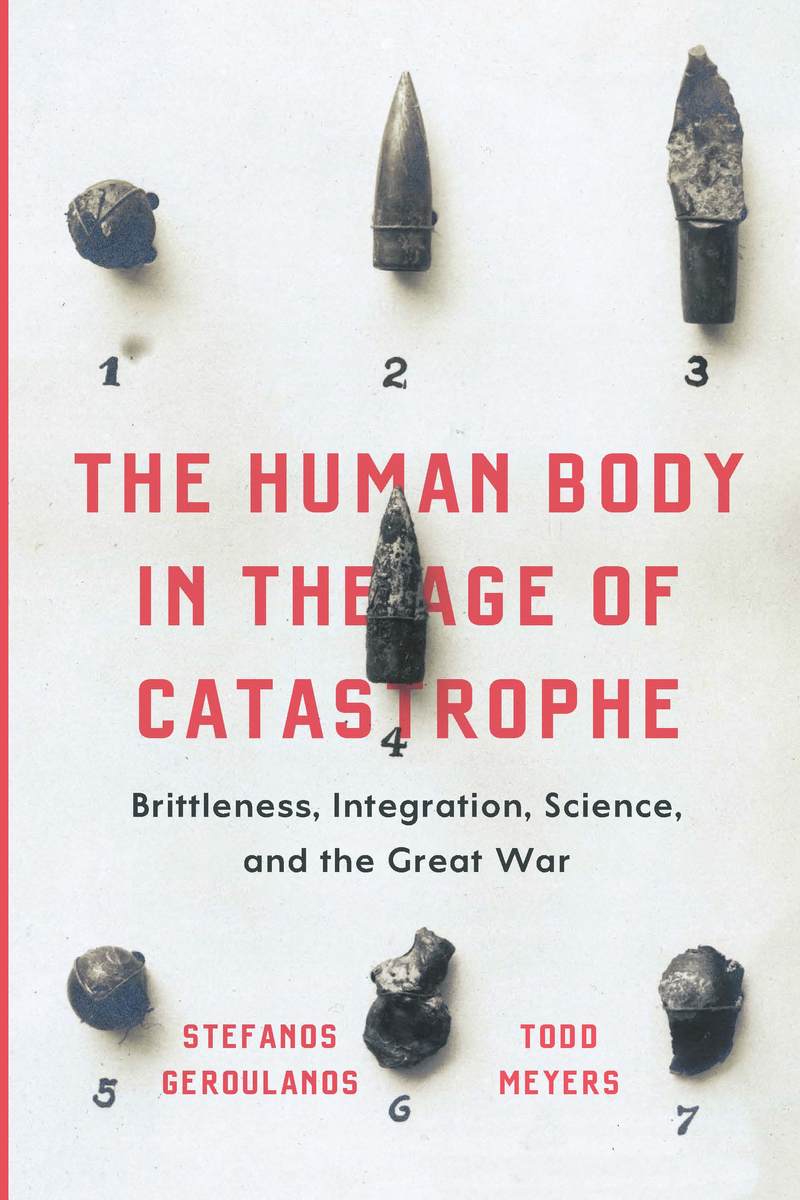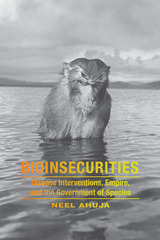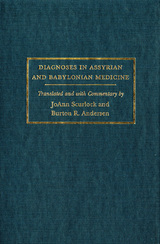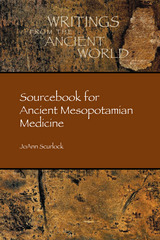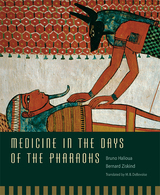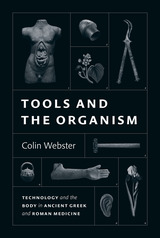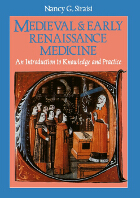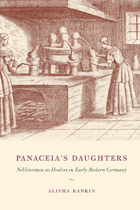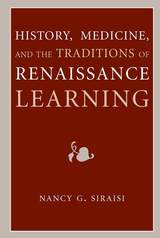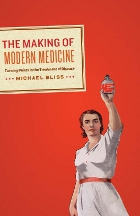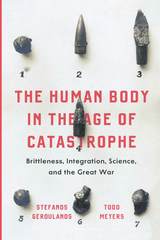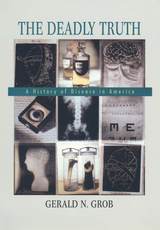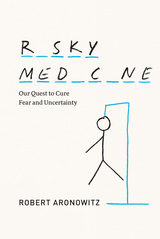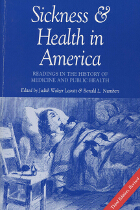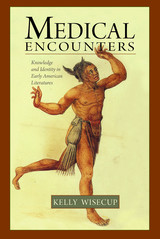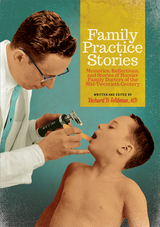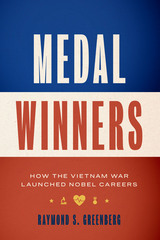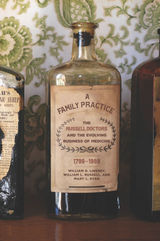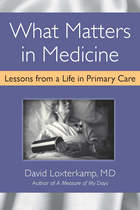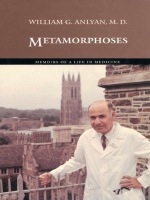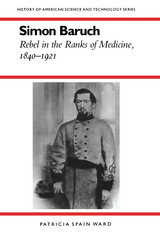“A shared concept of human individuality lies at the heart of intellectual traditions as varied as psychoanalysis, cybernetics, and medical humanism: an individuality knowable only at the moment of its collapse. This is the remarkable argument of The Human Body in the Age of Catastrophe, a provocative and poignant book, and one that will be essential reading for historians of modern science and medicine. By reconstructing modern neuromedicine’s confrontation with the violence of industrialized warfare, Geroulanos and Meyers have given us a model for writing intellectual history that is simultaneously materialized, embodied, and transnational.”
— Deborah Coen, Yale University
“Geroulanos and Meyers have written a terrifically original book. In an important sense, it is inventing its own subject—namely, the emergence of the idea that the body is a self-integrating entity—in that there has not to date been a clear articulation of this concept and certainly no comprehensive historical tracking of its development in modern scientific and medical thought. Engaging and clearly written, and with vivid examples, The Human Body in the Age of Catastrophe will certainly attract an eclectic set of readers, but will have especially strong appeal for specialists in the history of medicine, psychology, and social sciences.”
— David W. Bates, University of California, Berkeley
"Geroulanous and Meyers have examined the growth of recognition that the body’s ability to recover, regenerate, or revitalize depended on the integration of body, mind, and patient response. These discoveries also transformed the postwar language of regeneration for politics and recovery of war-torn nations. Recommended."
— Choice
"[A] richly innovative study. . . . Geroulanos and Meyers present an imaginative case for the First World War’s transformative effect on popular and scientific understandings of the human body. Their careful exposition of the spiralling development of the concept of physiological integration in the fields of anthropology, cybernetics and philosophy makes a highly original contribution to 20th-century intellectual history and will provide a fertile springboard for future research."
— Times Higher Education
"By illustrating the debts of the postmodern era to the medical sciences of the early century, Geroulanos and Meyers give us a very different picture of the demise of the liberal subject than the one we knew."
— Public Books
"If the ultimate object of history is to understand what it means—has meant—to be human, then Geroulanos and Meyers’s book on the human body as understood by medicine, biological science, sociology, economics, anthropology, psychology, and psychoanalysis in the twentieth century is a tour de force."
— Isis
"The originality of this volume consists not only in its object, namely the 'ontology of the body at war', but also in the method adopted, which makes use of an extremely detailed research based on the study of medical archives and scientific literature without losing sight of the overall epistemological argument. . . . Geroulanos and Meyers’ thorough investigation on the medical concepts of individuality, integration, and organism is an erudite overview of a wide range of intellectual aspects of western human culture at the turn of World War I. It is a fascinating and extremely rich volume, which provides a very broad and updated overview of the critical literature in English, German and French, and in which every chapter almost represents an autonomous and full-fledged study."
— Nuncius
"The value of this book is its deep engagement with new source materials that implicate many core phenomenologists and medical anthropologists. . . Geroulanos and Meyers have offered a vast compilation of historical actors across a range of fields who, together, offer a complex origin story of twentieth-century neuro-physiology, psychology, social theory, political theory, and therapeutics."
— Journal of the History of Medicine and Allied Sciences
"The Human Body in the Age of Catastrophe is a tightly wound, densely constructed account that will doubtless stimulate further thinking among historians of medicine as well as the social and psychological sciences. Geroulanos and Meyers skillfully demonstrate how the First World War was unique in the means and extent to which it precipitated a transformation of the popular and scientific understandings of the human body and its selfhood. The imaginative leap the authors take from medical to social sciences is especially noteworthy and persuasive as a model of interdisciplinary work."
— Bulletin of the History of Medicine
"Wonderful and groundbreaking. . . Geroulanos and Meyers have written a monumental book that seems acutely relevant to our time: when the climate crisis and antibiotic resistance once again demonstrate the fragility of our bodies and societies and point to how our bodies are deeply entangled with nature, we once again move towards the body that physiologists and physicians a century ago struggled so hard to understand and construct."
— Somatosphere
"Perhaps the most important service that Geroulanos and Meyers have done for intellectual history is to suggest that medico-physiologists were, in fact, intellectuals and that their ideas catalyzed lines of twentieth-century thought well beyond the clinic or the laboratory. That seems a valuable and necessary first step in widening the conversation between historians of medicine and intellectual historians."
— Corinna Treitel, Modern Intellectual History
"An inspiring and innovative work that opens up alternative perspectives on how scholarship addresses the history of the conflict. With this study, we have a model for integrating disparate forms of data to conceive an investigation that explains the complex and divergent experiences of the First World War."
— Journal of Modern History
“A tour de force of intellectual history. . . . a book of immense erudition and careful exegesis of both scientific and philosophical disputes. It adds an entirely new dimension to our understanding of the effect of the 1914–18 conflict on a number of fields of scientific research and medical practice, including physiology and psychoanalysis. . . . [Geroulanos and Meyers] are to be congratulated for capturing the excitement of the clash of scientific ideas in this period, and for doing so in a way that gives us a glimpse of the foibles of many of the central figures. We not only hear these individuals; we can almost feel them in action. . . . This book is one of the truly original contributions to historical writing to appear during the centenary of the outbreak of the war in 1914.”
— History and Theory
"An important publication that deals with the medical crisis in the First World War and its significance for the development of scientific medicine in the 20th and early 21st centuries."
— NTM Zeitschrift für Geschichte der Wissenschaften, Technik und Medizin (translated from German)
"This fascinating and ambitious study demonstrates how a generation of medical scientists and health practitioners were dedicated to reclaiming the humanism of the human being."
— American Historical Review
